It’s the question on the lips of many: How did a small South American country, just recently considered an “island of peace”, end up rife with violence, corruption and organised crime?
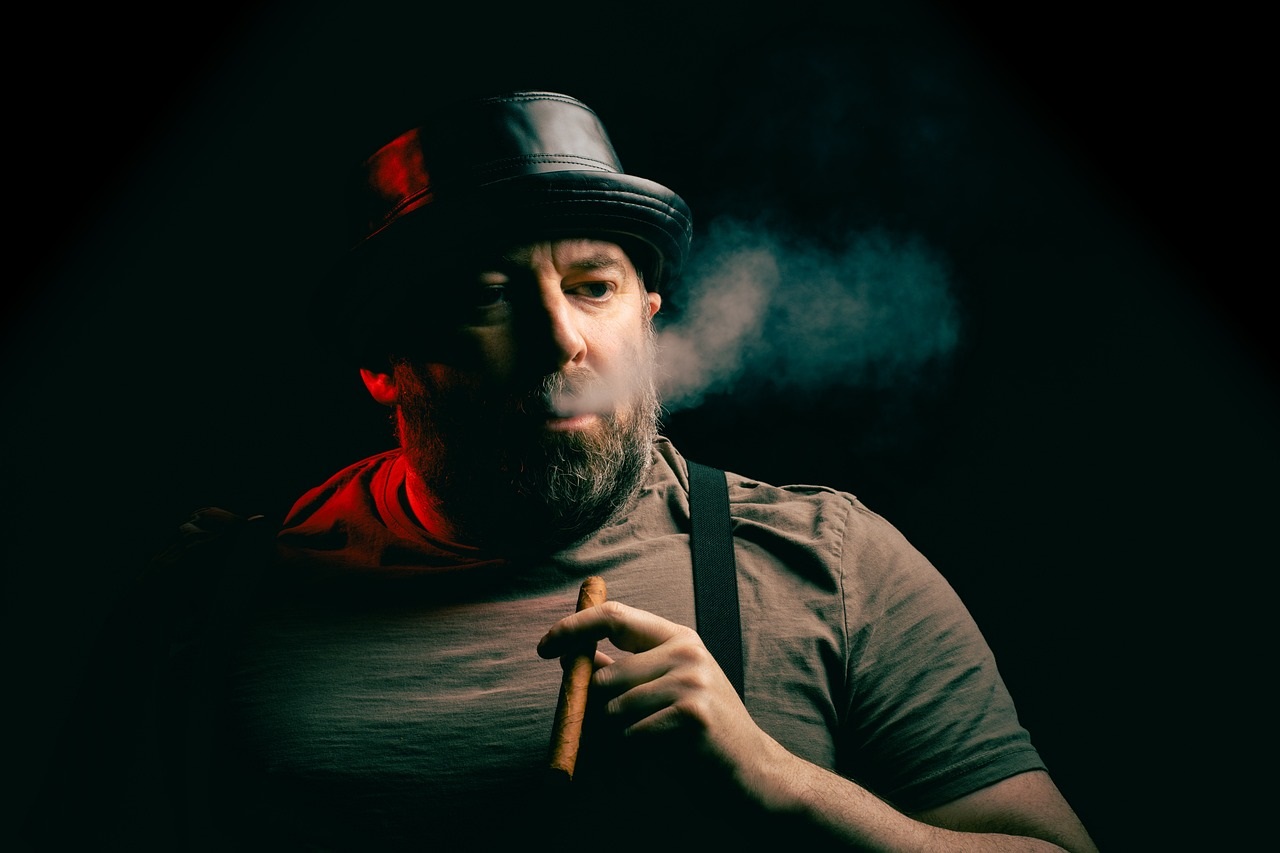 Juan J. Paz-y-Miño Cepeda
Juan J. Paz-y-Miño Cepeda
Several factors may help shed light on the new realities of insecurity and violence facing the South American country. One of these factors is the triumph of the neoliberal business model.
Its central features were established in the final decades of the twentieth century, when governments became subservient to private interests and transnational capital. Despite seeing its term curtailed from 2007-2017, with the social economy model championed by Rafael Correa’s government, the neoliberal model was revived under Lenín Moreno (2017-2021) and intensified under Guillermo Lasso (2021-2023), when it acquired almost oligarchic characteristics.
Human, social and labour conditions have only worsened. Under the dogma of downsizing the state, government expenditure and investments fell, existing infrastructures were neglected – with several collapsing – and public services crumbled, affecting education, health and social security.
ECLAC, IMF, World Bank, UNDP, ILO and national reports and statistics provide more than enough data to prove it: how can the 70% of Ecuador’s working population who are poor, unemployed and underemployed survive without attention from either the state or private enterprise? Moreno also introduced the persecution of “correísmo” (supporters of Rafael Correa), demolishing any legacy left by the previous president.
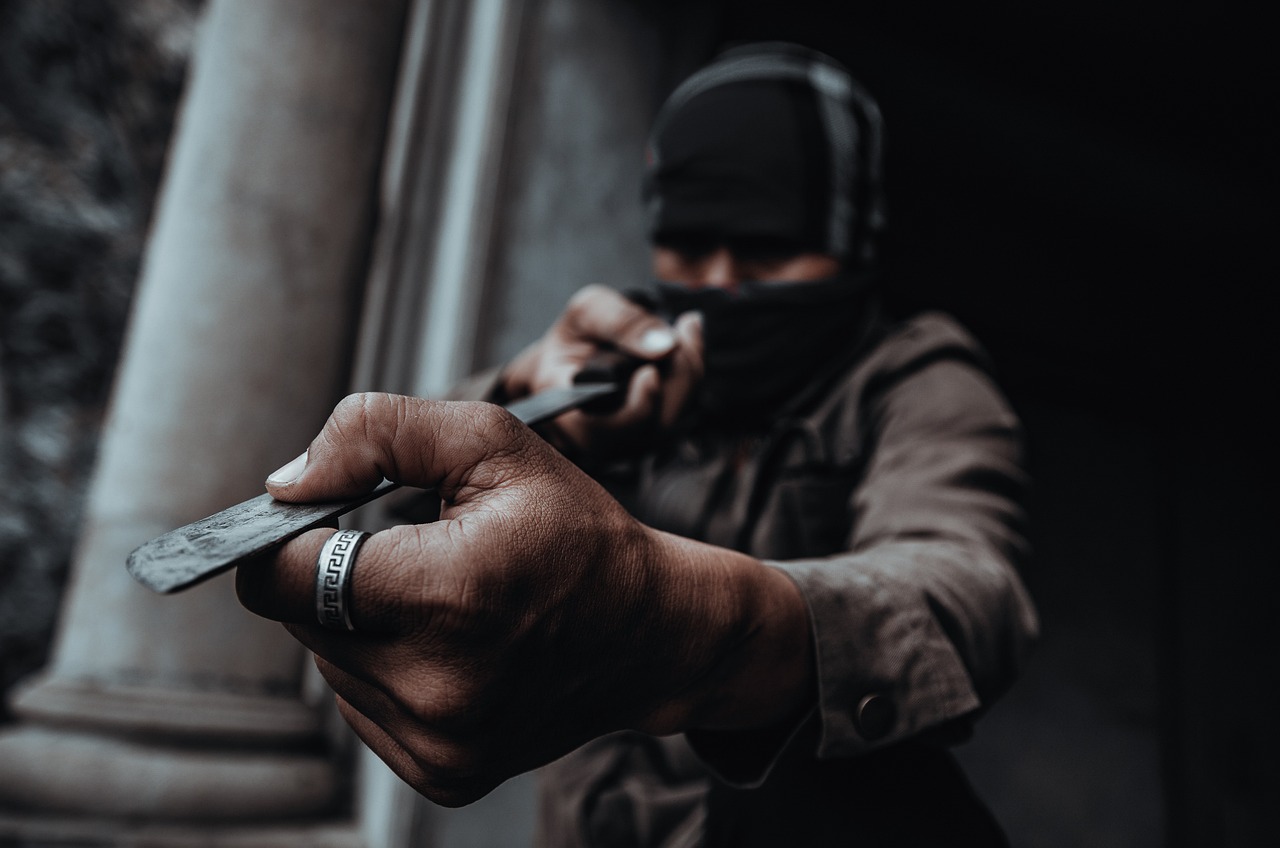 The institutional framework was dismantled, including the public security system. Prisons have been taken over by gangs competing for power, directing external operations and seeking to control territories.
The institutional framework was dismantled, including the public security system. Prisons have been taken over by gangs competing for power, directing external operations and seeking to control territories.
The rise and realignment of criminal forces must also be considered.
According to Fernando Carrión, a renowned scholar on the subject, the conditions for this criminal boom emerged during the Covid-19 pandemic, namely: displacement of the cocaine trade from Colombia to Ecuador, supply of Peruvian arms, integration of local gangs into the “global criminal network” (“holding”) with cartels and mafia (Mexican, Albanian, Brazilian, Italian, etc.), migration of criminal groups into the country, dollarisation, “laundering” of illicit money (approximately 3.5 billion dollars – 3% of GDP – of which 75% goes to the legal economy (banks, construction, companies and the purchase and sale of goods).
It is estimated that 25 such criminal groups comprise some 50,000 people. Young people between the ages of 15 and 24 (20% of the population) who are neither employed nor in education are easily recruited by the mafia. Added to this, is the collapse in international cocaine prices due to its displacement by fentanyl.
According to Jorge Paladines, the problem has exploded since the prison massacres; and for Regina García Cano, there is even a battle to control of banana shipments (Ecuador’s most important agricultural export) with the aim of camouflaging drug shipments.
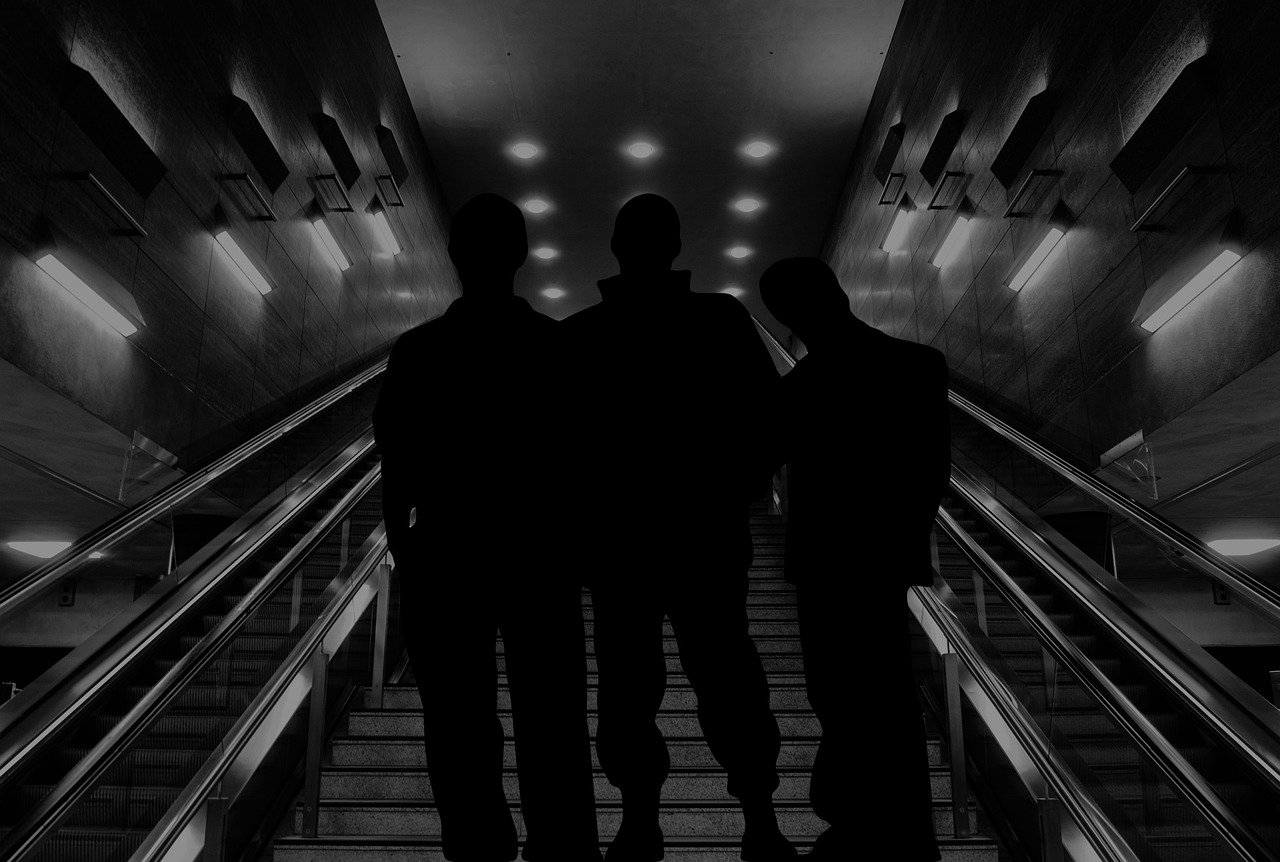 The impetus for the narco-coup arose when the Noboa government tried to control the prisons; two imprisoned criminal gang leaders managed to escape, and there was an attempt to transfer inmates to more secure prisons, sparking a revolt from the gangs. Over the last seven years, citizens have experienced an increase in daily assaults, kidnappings, “vacuna” extortion, murders, powerlessness and helplessness in the face of indolent governments and a state incapable of putting a stop to crime. Anti-correísmo claims that everything is “inherited” from the Correa administration.However the data available (from the National Institute of Statistics and Census and the National Police), and various statistics, illustrate that the rate of violent deaths rose from 12.4 victims per 100,000 inhabitants in 1997 to 17.1 in 2007 (first neoliberal cycle).
The impetus for the narco-coup arose when the Noboa government tried to control the prisons; two imprisoned criminal gang leaders managed to escape, and there was an attempt to transfer inmates to more secure prisons, sparking a revolt from the gangs. Over the last seven years, citizens have experienced an increase in daily assaults, kidnappings, “vacuna” extortion, murders, powerlessness and helplessness in the face of indolent governments and a state incapable of putting a stop to crime. Anti-correísmo claims that everything is “inherited” from the Correa administration.However the data available (from the National Institute of Statistics and Census and the National Police), and various statistics, illustrate that the rate of violent deaths rose from 12.4 victims per 100,000 inhabitants in 1997 to 17.1 in 2007 (first neoliberal cycle).
It then fell steadily to 5.8 in 2017 (progressive cycle), before rising again – in a historically unprecedented way – to 26.2 in 2022, reaching 46 violent deaths per 100,000 inhabitants in 2023 (second neoliberal cycle), which is more than five times the rate left by Correa.
It was in 2020 that Ecuador became one of the most dangerous and violent countries in the world. Infiltration of the state increased to such an extent that the US ambassador, Michael Fitzpatrick, went as far as to point out that “narcos” have penetrated the public sector, the judiciary, the private sector, and even spoke of “narco-generals”.
Another factor is political. Anti-correísmo incessantly blames Correa’s government for having “made a pact” with the mafia, allowing them to develop and the drug trade to flourish.
But history tells a different story.
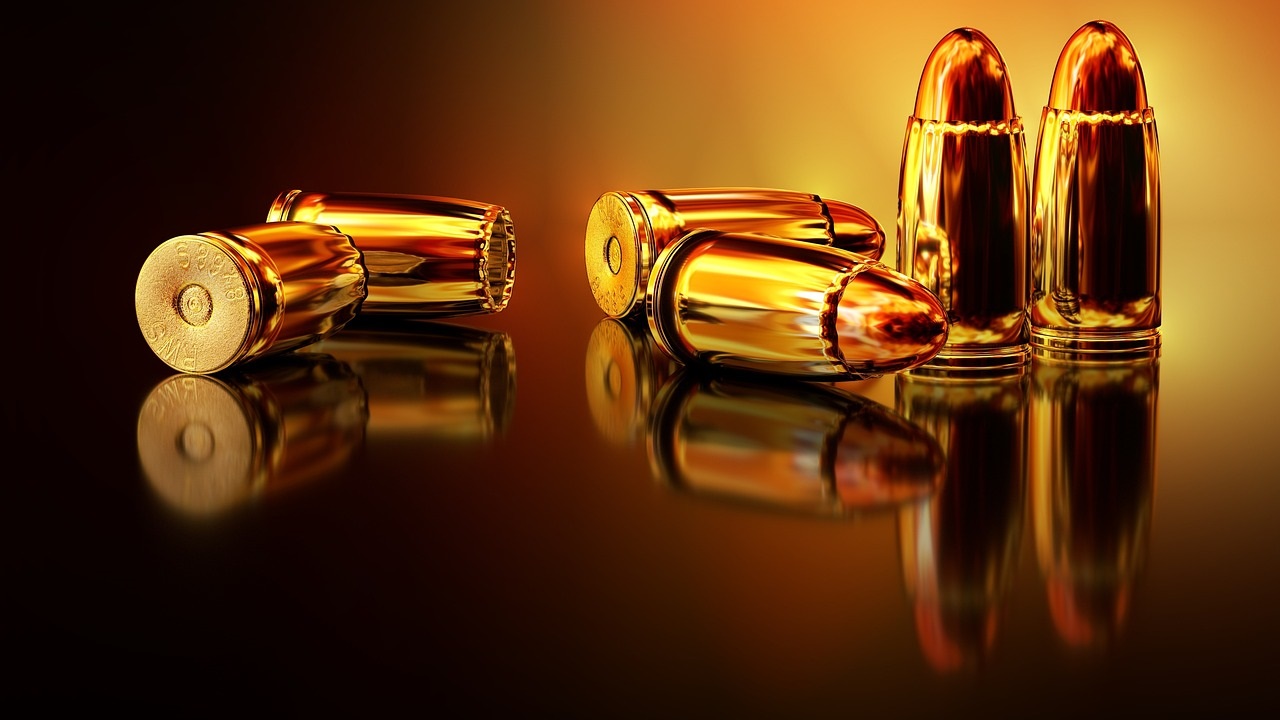 As well as those who lived through the period and can compare what happened before and after, we have empirical data, recognised anti-drug achievements, various studies, academic articles and university theses. Among others, there is also an Inter-American Development Bank report analysing the drivers behind the 63% reduction in homicides during “correísmo”.
As well as those who lived through the period and can compare what happened before and after, we have empirical data, recognised anti-drug achievements, various studies, academic articles and university theses. Among others, there is also an Inter-American Development Bank report analysing the drivers behind the 63% reduction in homicides during “correísmo”.
It is a myth that the Manta Air Base (1999-2009) provided essential and unwavering support. During its tenure, violent crime rates fluctuated between 18.2 (the highest rate) and 13.8 (the lowest) (National Institute of Statistics and Census/Ministry of the Interior, Directorate for Security Evaluation and Economy). Rather, it served the objectives of “Plan Colombia”.
Of course, it is not a question of assuming a Correísta “paradise”, far from it, but it is clear that the Moreno and Lasso governments affected democracy and left the social economy, internal security and institutionality based on the 2008 Constitution broken.
President Daniel Noboa had to contend with the outbreak of crime, which had become world news. Noboa first resorted to a state of emergency and, faced with the insurgency a fortnight ago, issued Decree 111 (9 January 2024) recognising the existence of an “internal armed conflict”, listing 22 “terrorist” organisations to become military targets.
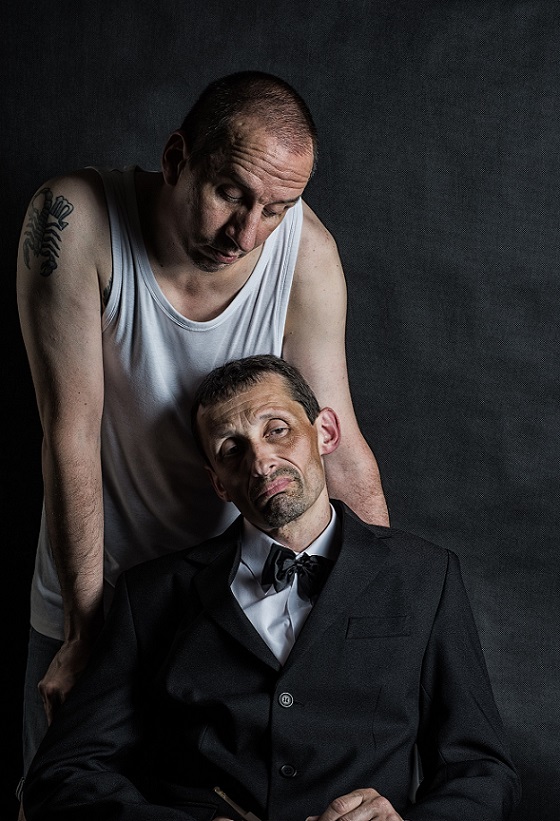 But this positions them as “belligerent non-state actors”, raising serious legal questions as it implies that, paradoxically, they are subject to international rules of warfare.
But this positions them as “belligerent non-state actors”, raising serious legal questions as it implies that, paradoxically, they are subject to international rules of warfare.
At the same time, there is no doubt in the country about the need to combat delinquency, with threats, attacks and human rights violations rife.
For this reason, the various functions of the state, political forces and social organisations have come out in support of Noboa, invoking the need for “national unity”. He received the support of different governments and has won overwhelming and widespread citizen support, where the illusion of having a South American “Bukele” is flourishing.
Today, the well-known declarations of the head of the Southern Command, and the prospects of military “collaboration” with Ecuador, take on greater meaning and scope, using a reserved agreement signed with the Lasso government in October 2023 (still subject to the pronouncement of the Constitutional Court), which would even authorise sending troops to combat drug trafficking, under absolutely privileged status. The concept of “internal war” (typical of the National Security doctrine of the past) has been revived and is now directed against organised crime. Yet the danger is that it could lead to an endless conflict, which could result in “false positives” or the extension of the idea of “enemies” to other sectors, especially the popular sectors, under an atmosphere of generalised militarisation against any “terrorism”.
The Noboa Government has adopted an “iron fist” strategy. However, the experiences of Mexico, Colombia and El Salvador show that this is not enough.
The country urgently also needs a “wise hand”, capable of reducing the gap between rich and poor, promoting decent work, redistributing wealth, strengthening the state, universalising education and health and social security services, taxing the rich and tax evaders, subjecting private enterprise to national interests, and developing sovereign and Latin Americanist policies. PL
(Translated by Rebecca Ndhlovu rebeccandhlovu@hotmail.co.uk) – Photos: Pixabay












.jpg)












